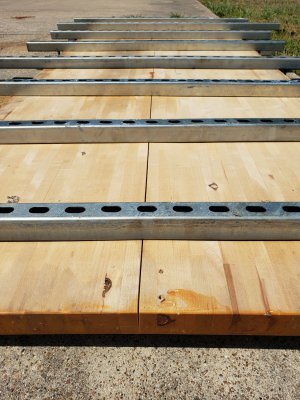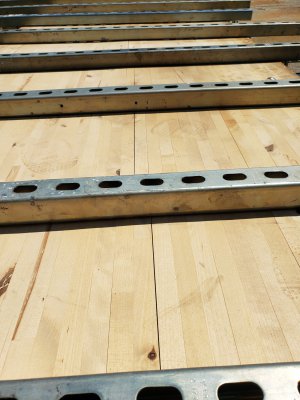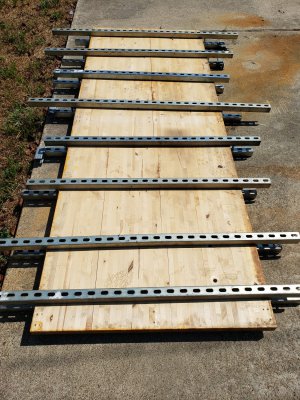- Joined
- Apr 26, 2014
- Messages
- 243
Well, now that it is only half as wide as before, do you have access to a planer, or do you would you like to build up your triceps with a handplane? Then you can joint the edge and glue it back together.
But the only size I find useful at the moment is tabletop size. I need to salvage it.Cut it down into sizes that are useful around the house.
Unfortunately I need this next week, not in a few months.In 6 months or so check see how it is coming.
Well, now that it is only half as wide as before, do you have access to a planer, or do you would you like to build up your triceps with a handplane? Then you can joint the edge and glue it back together.
This^^^^ Your problem is solved. Plane each half flat, then rip a straight edge on each half an glue it back together with biscuit inserts.
I would make a router sled and plane it flat.
I predict this is the way I will go. I will probably at least epoxy fill the crack I created and then either cut the slots you described, or plane it. We will see...You could make a series of parallel saw cuts lengthwise underneath and fill with epoxy then clamp
That's the only quick way I know of



The failure is in the glue joint. The fact that there is some minor tearout of wood fibers doesn't change the fact that the major fault line is at the joint.If you look carefully, the wood broke, not the glue. If the glue failed, it would be a perfectly straight break, but it is not.
